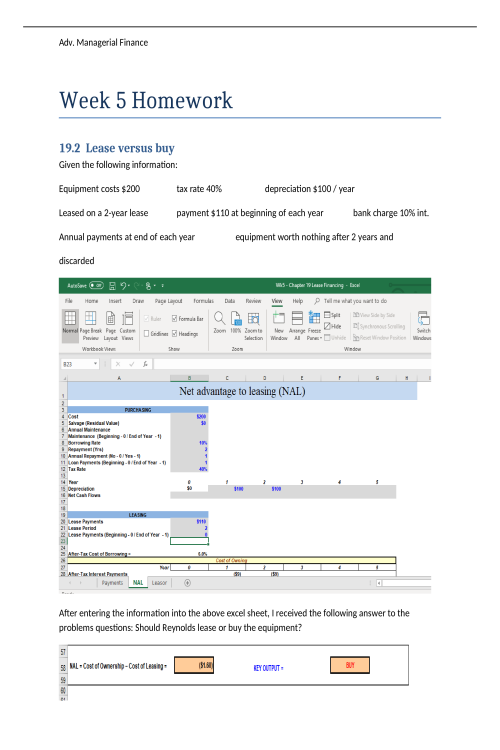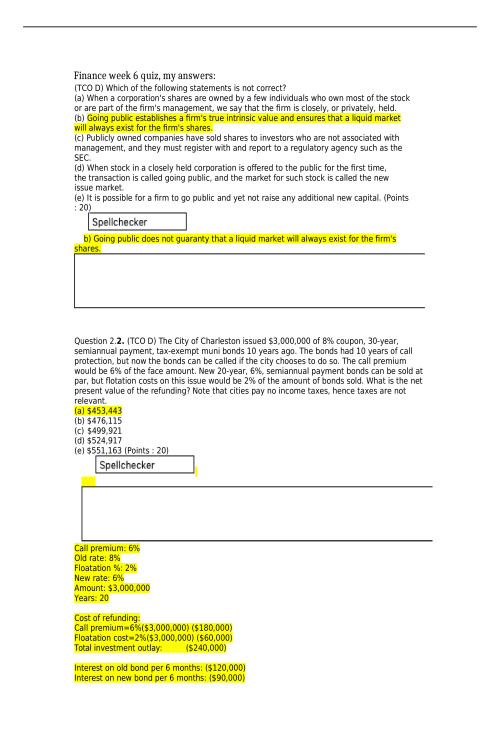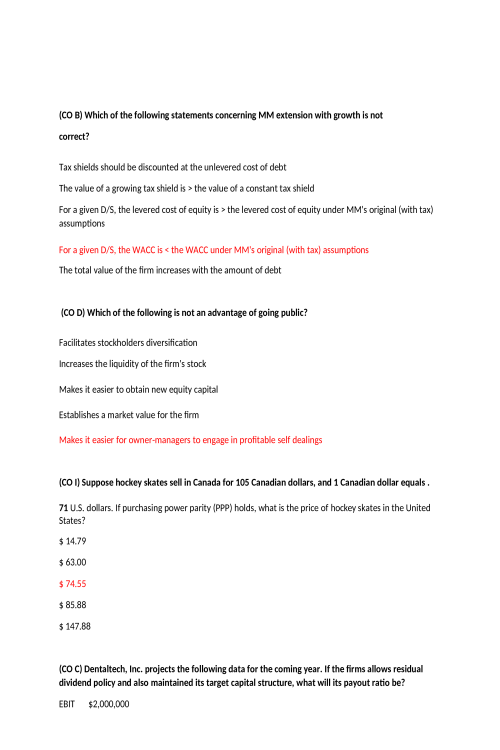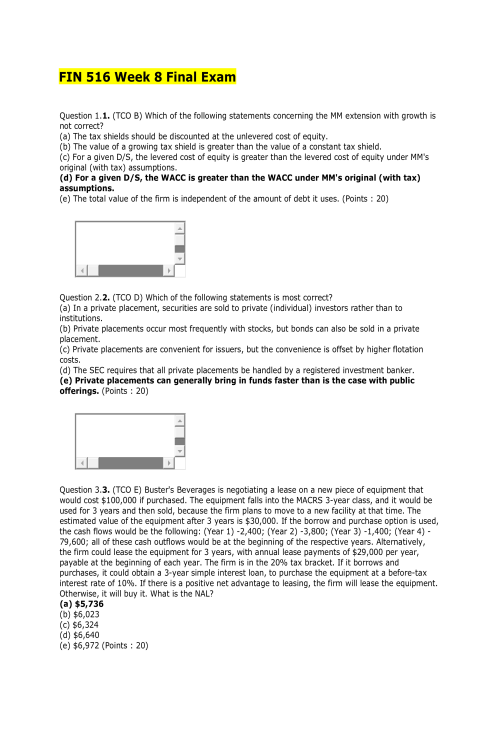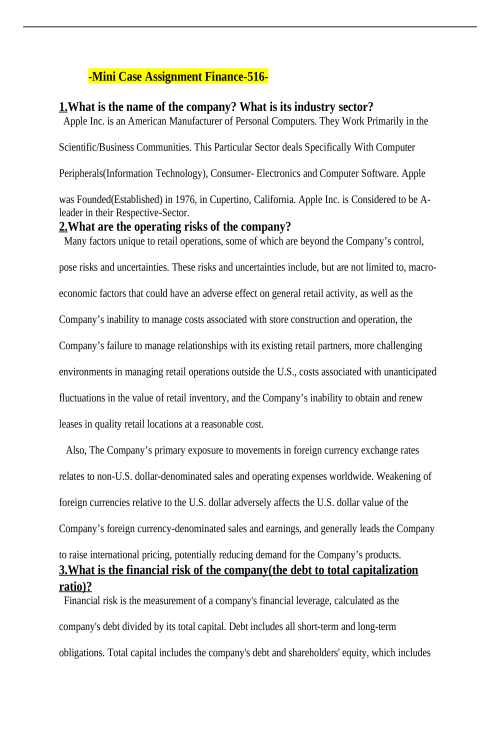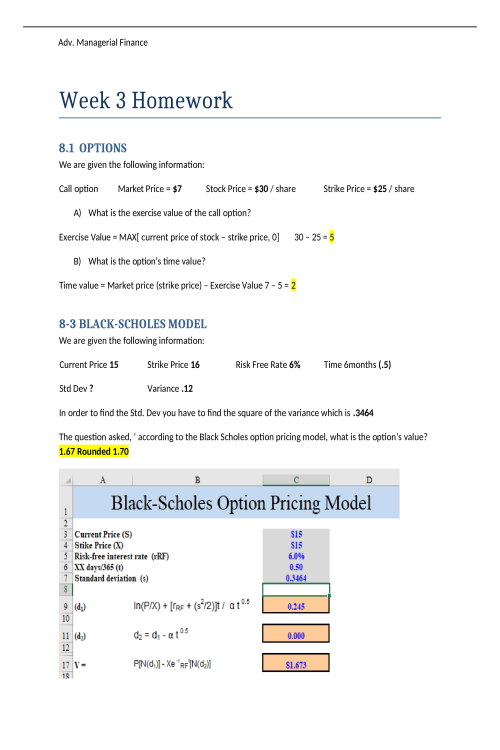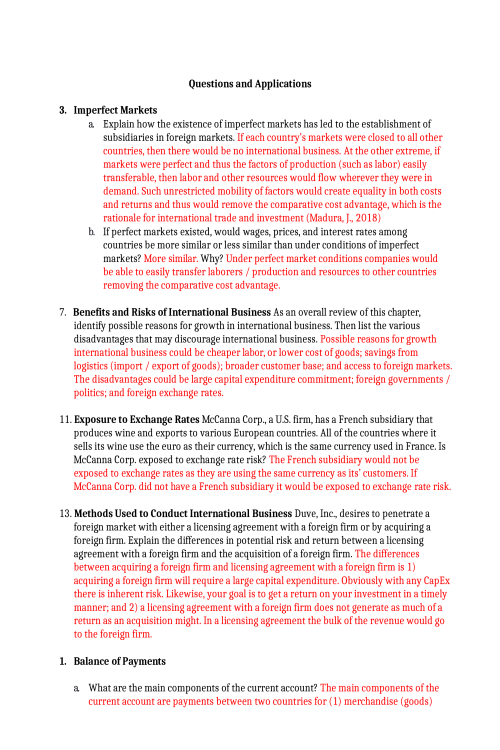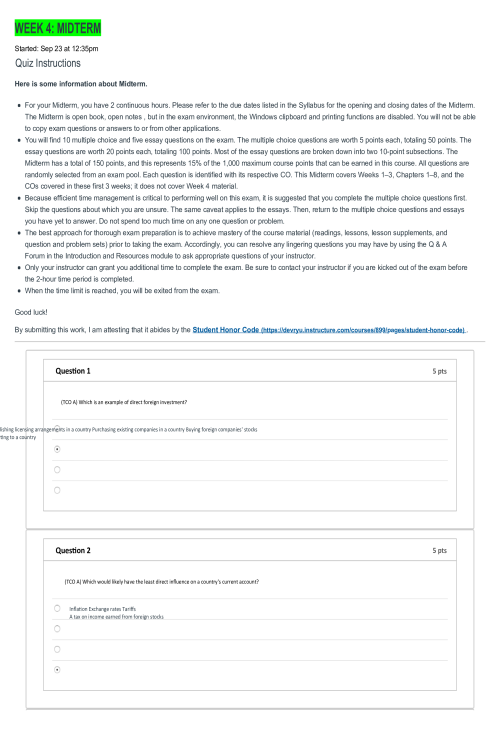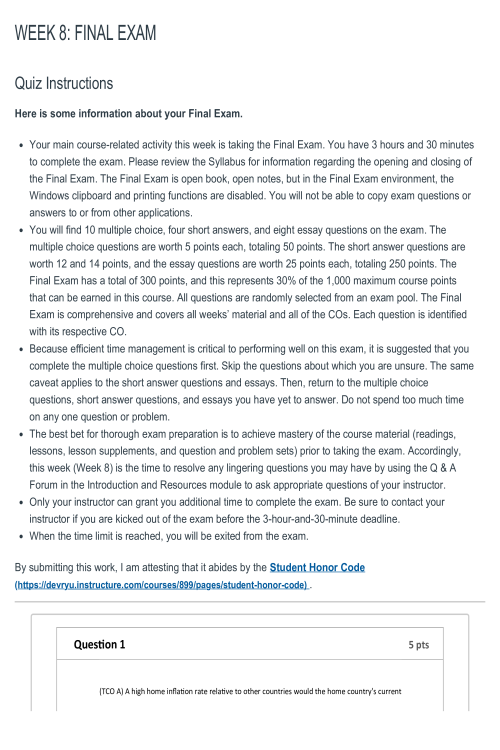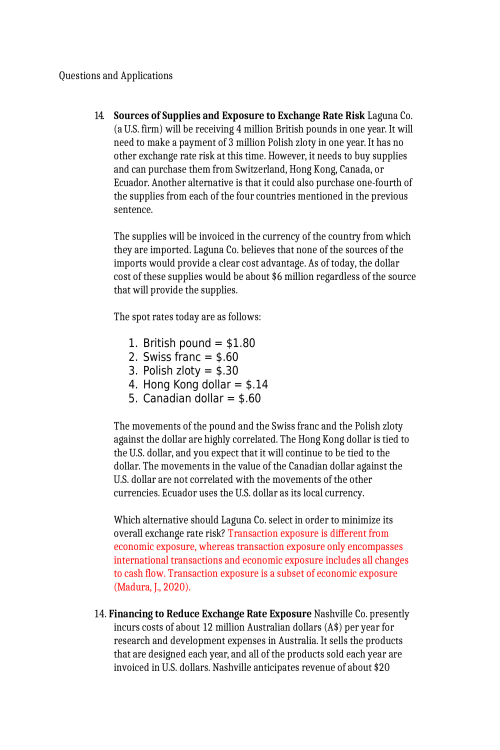FIN 516 Week 2 Mini Case Assignment; Coca Cola Company
831850-2494567MINI CASE ASSIGNMENT Coca Cola Company ABSTRACT Consumers have been enjoying Coca Cola since the late 1800’s. Starting with the original cola flavored soda, the company has branched off to include many flavors and variations of the Coca Cola Product such as Diet, Zero, and now the variation of flavors such as Orange Vanilla, Fiesty Cherry and more. To imagine that this company, whose bottling rights was sold for $1 is now a multi-billion dollar corporation is mind staggering. With this mini case, we will be looking at the growth of Coca Cola Company (KO). Jodi SerinoBarbour Financial Management Mini Case Assignment Introduction This Mini Case Assignment is done on the Soft Drink giant, Coca Cola Company, whose headquarters is in Atlanta, Georgia. Coca Cola, the product, was developed in 1886 by Pharmacist John S. Pemberton, and named by Dr. Pemberton’s bookkeeper, Frank M. Robinson. Dr Pemberton died 2 years after creating Coca Cola. Different ones had a hand in bringing Coca Cola Company to where it is today, such as, Asa Candler who took over before the death of Dr. Pemberton, and expanded Coca Cola beyond Atlanta. Then there was business owner Joseph Biedenham who was the first to bottle the product. Five years later, three business men from Chattanooga Tennessee purchased the bottling rights for $1.00 and brought Coca Cola to where it is today in sales. With this mini case, we will answer several questions that will give us an idea of where Coca Cola is today as a brand and a company. Question and Answer Forum What is the name of the company? What is its industry sector? The name of the company that this mini case assignment is being done on is Coca Cola Company. The industry sector that it operates in is Non-Alcoholic Beverages. What are the operating risks of the company? While there are many operating risks that face the soft drink giant, the biggest risks facing Coca Cola Company are a) backlash against soda companies regarding the obesity epidemic, b) increased regulatory scru
